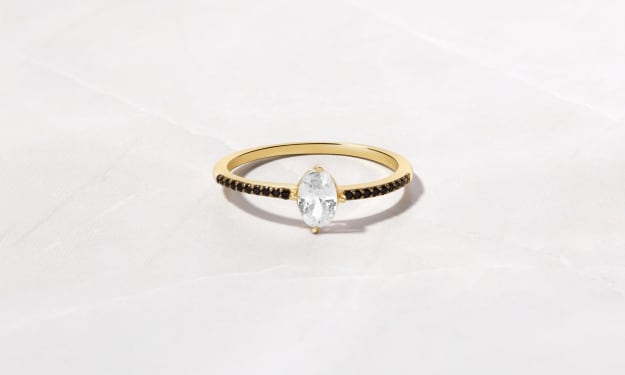The world's FIRST pipe organ | Greek Water Organ (Hydraulis)
Greek Water Organ (Hydraulis): An ancient musical instrument powered by water, demonstrating an early understanding of hydraulics and pneumatics.

The world's first pipe organ, known as the hydraulis or Greek water organ, stands as a monumental achievement in the history of musical instruments. Invented in the 3rd century BCE, this ancient marvel not only represents the ingenuity of Greek engineering but also laid the foundational principles for the development of the pipe organ, which has had a profound impact on music throughout the centuries. Understanding how the hydraulis came to be involves exploring its invention, construction, and significance in ancient Greek culture and beyond.
The hydraulis was invented by Ctesibius of Alexandria, a Greek engineer and inventor who lived during the Hellenistic period. Alexandria, a vibrant center of learning and innovation, provided the perfect environment for Ctesibius to experiment with various technologies. His work on pneumatics and hydraulics, the science of air and water pressure, led to the creation of the hydraulis, the first known keyboard instrument that used water to regulate air pressure to produce sound.
The basic principle behind the hydraulis is relatively straightforward yet ingenious. The instrument consists of a set of pipes, a wind chest, a keyboard, and a water reservoir. Air is supplied to the pipes by means of a wind chest, which is kept under pressure by a column of water. The keyboard allows the player to control which pipes receive air, thus producing different musical notes. When a key is pressed, a valve opens, allowing air to flow from the wind chest into the corresponding pipe, generating sound.
One of the most remarkable aspects of the hydraulis is its use of water to maintain a consistent air pressure. This innovation addressed a significant challenge faced by earlier wind instruments, which relied solely on human breath or manually operated bellows. By utilizing water pressure, the hydraulis could produce a steady and powerful sound, making it suitable for both indoor and outdoor performances. The water reservoir, typically a large container placed below the wind chest, provided the necessary pressure through a system of pumps and siphons.
The construction of the hydraulis required a high degree of craftsmanship and technical knowledge. The pipes were usually made of metal or reed, carefully tuned to produce the desired pitch. The wind chest and keyboard mechanisms were constructed with precision to ensure that the instrument was both durable and responsive. The overall design of the hydraulis varied, with some models featuring elaborate decorations and intricate designs, reflecting its status as a prized and prestigious instrument.
The hydraulis quickly gained popularity in ancient Greece and throughout the Hellenistic world. It was used in a variety of contexts, from private banquets and public festivals to theatrical performances and religious ceremonies. The instrument's powerful and melodious sound made it a favorite among audiences, and its presence at events often signified a high level of sophistication and cultural refinement.
The spread of the hydraulis extended beyond Greece, reaching the Roman Empire where it continued to be celebrated and refined. Romans were particularly enamored with the instrument, incorporating it into their grand spectacles and public entertainments. The Roman version of the hydraulis, often more elaborate and larger in scale, was used in amphitheaters and arenas, providing musical accompaniment to gladiatorial games, chariot races, and other public events.
Despite its initial popularity, the hydraulis gradually fell out of favor as the Roman Empire declined. However, its influence persisted, laying the groundwork for the development of the pipe organ in medieval Europe. The principles of air pressure and keyboard control pioneered by the hydraulis were adapted and expanded upon by later instrument makers. By the time of the Renaissance, the pipe organ had evolved into a complex and versatile instrument, integral to the musical traditions of churches and cathedrals across Europe.
The legacy of the hydraulis is preserved through historical texts, archaeological finds, and reconstructions based on ancient descriptions. Modern scholars and musicians continue to study and recreate the hydraulis, seeking to understand its construction and appreciate its unique sound. These efforts not only honor the ingenuity of its creators but also provide valuable insights into the musical and technological achievements of ancient civilizations.
As researchers continue to investigate the hydraulis, more details about its construction, usage, and cultural significance are expected to emerge. This ongoing research will likely uncover further aspects of ancient Greek engineering, music theory, and the role of music in society. By delving deeper into these findings, historians and musicologists hope to gain a more comprehensive understanding of how the hydraulis influenced subsequent musical developments and its place in the broader history of musical instruments.
Stay tuned as we continue to explore this and other intriguing aspects of ancient musical innovations and their significance. Your engagement fuels our exploration of such captivating tales. If you found this deep dive into the world's first pipe organ fascinating, please share this article with your friends, leave a comment with your thoughts, and subscribe for more enthralling stories. Your support helps us bring more historical mysteries and innovations to light. Thank you for reading!
About the Creator
Marveline Merab
“History never repeats itself. Man always does.”
― Voltaire
Enjoyed the story? Support the Creator.
Subscribe for free to receive all their stories in your feed. You could also pledge your support or give them a one-off tip, letting them know you appreciate their work.






Comments
There are no comments for this story
Be the first to respond and start the conversation.